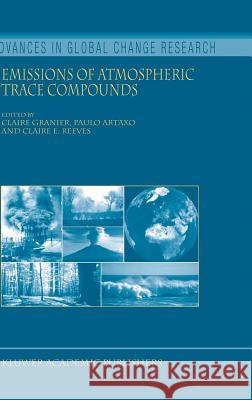Emissions of Atmospheric Trace Compounds » książka
Emissions of Atmospheric Trace Compounds
ISBN-13: 9781402021664 / Angielski / Twarda / 2004 / 560 str.
The mathematical modelling of the transport and transformation of trace species in the atmosphere is one of the scientific tools currently used to assess atmospheric chemistry, air quality, and climatic conditions. From the scientific but also from the management perspectives accurate inventories of emissions of the trace species at the appropriate spatial, temporal, and species resolution are required. The chapter has discussed bottom-up methodologies to estimate global and regional emISSIOns. These methodologies are based on activity data, emission factors (amount of emissions per unit activity), and for some inventories additional parameters (such as sulphur content of fuels). To compile regional and global inventories researchers can either bring together estimates made at the national or sub-national level by national experts or directly estimate emissions based on activity rates from reports compiled by multi-national organizations such as the United Nations and the International Energy agency and on emission factors and other information available in the literature. In all cases the data used must be checked for transparency, consistency, comparability, completeness and accuracy. These emissions estimates must now be given finer spatial (usually gridded), temporal, and for some inventories species resolution. The location of major stationary sources (power plants, industrial complexes) is usually known, so the emissions can be directly assigned to the appropriate grid cell.











